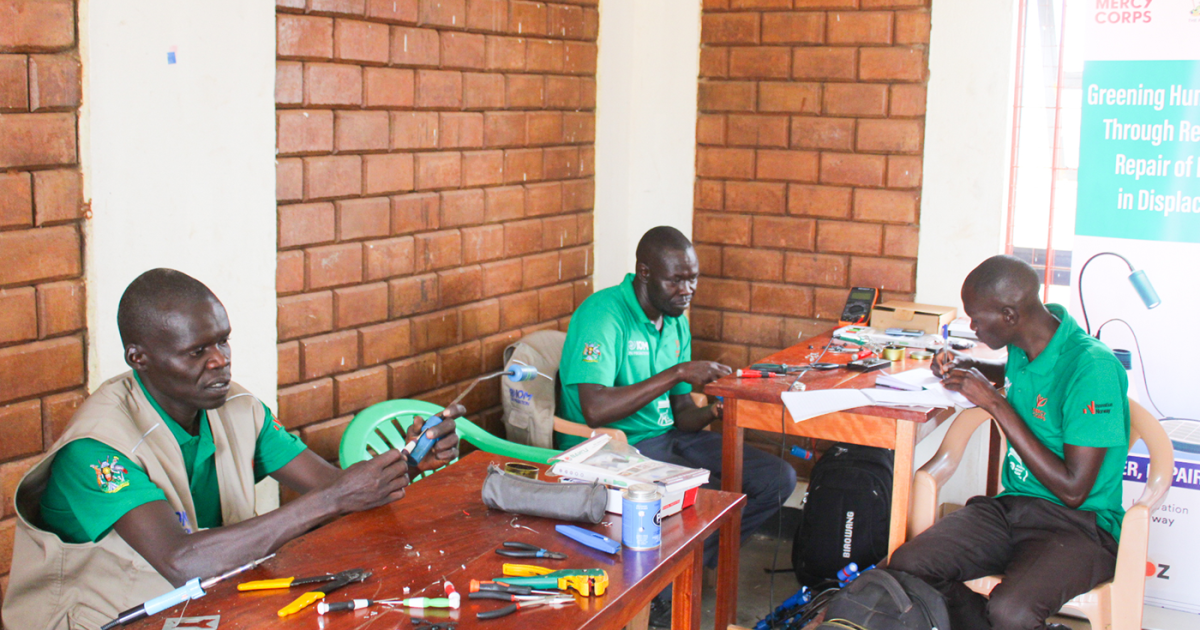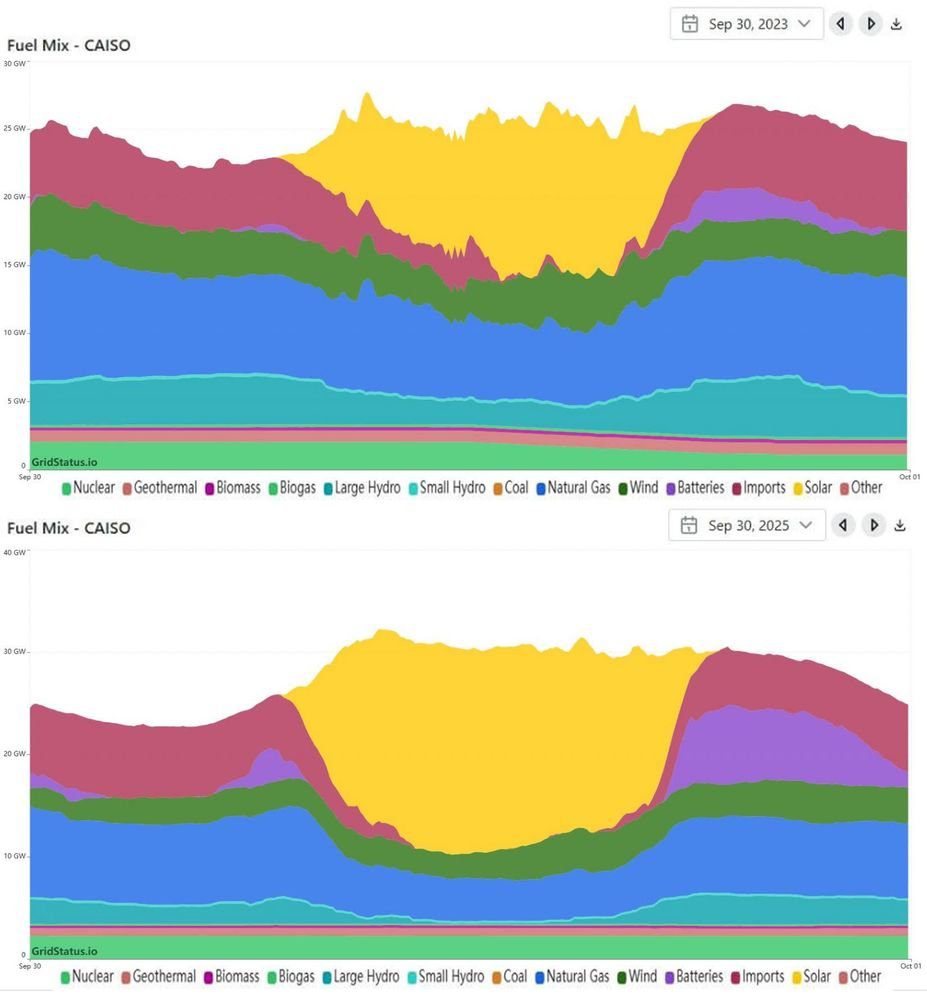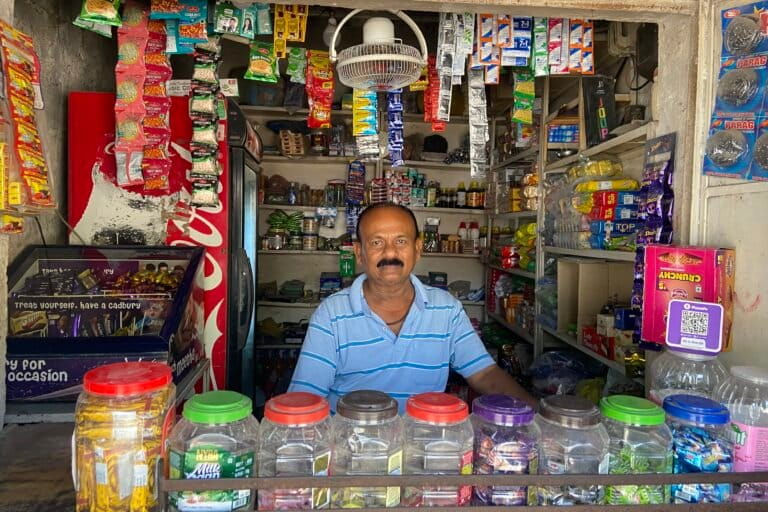Chinese scientists develop high-efficiency material for organic solar cells – TV BRICS

Report on a Novel Material for Organic Solar Cells and its Impact on Sustainable Development Goals
Executive Summary
A research team from the University of Chinese Academy of Sciences has developed an advanced material for organic solar cells, achieving a significant increase in efficiency and commercial potential. This technological breakthrough directly supports the advancement of several United Nations Sustainable Development Goals (SDGs) by enhancing the viability of clean energy solutions.
Technical Innovation and Performance
The core of the innovation is a strategic combination of organic and inorganic materials. This hybrid approach has resulted in notable improvements crucial for performance and longevity:
- Enhanced electrical conductivity.
- A reduction in structural defects within the material.
- Improved stability and durability of the solar cells.
Under laboratory conditions, the material achieved an efficiency rate of 21%, with a certified efficiency of 20.8%, setting a new global benchmark for organic solar cell technology.
Alignment with Sustainable Development Goals (SDGs)
This scientific advancement makes a direct and significant contribution to the global sustainability agenda, with a particular focus on the following goals:
- SDG 7 (Affordable and Clean Energy): By substantially increasing the efficiency of solar cells, this development makes clean energy a more powerful and economically viable alternative to fossil fuels. It accelerates the transition to sustainable energy systems and improves access to affordable and clean power.
- SDG 9 (Industry, Innovation, and Infrastructure): The research represents a key innovation in sustainable technology. The new material can foster sustainable industrialization and build resilient infrastructure by enabling new applications in advanced manufacturing and electronics.
- SDG 13 (Climate Action): Improving the efficiency of solar power is a fundamental step in taking urgent action to combat climate change. This technology provides a more effective tool for reducing carbon emissions and mitigating the impacts of a warming planet.
- SDG 11 & 12 (Sustainable Cities and Responsible Production): The material’s enhanced durability and resilience support responsible consumption and production patterns. Its suitability for flexible and wearable applications can be integrated into smart city infrastructure and sustainable products, reducing waste and promoting a circular economy.
Commercial and Industrial Applications
The material’s robust photostability and mechanical resilience under extreme conditions make it ideal for a new generation of technologies that align with sustainability principles. Potential applications include:
- Flexible electronics
- Wearable devices
- Smart textiles
- Aerospace technology
Conclusion
The development of this high-performance organic solar cell material is a critical step forward in renewable energy. Its capacity to boost efficiency and expand applications strongly supports the core objectives of the Sustainable Development Goals, paving the way for wider adoption of clean energy and fostering innovation for a sustainable future.
1. Which SDGs are addressed or connected to the issues highlighted in the article?
-
SDG 7: Affordable and Clean Energy
The article directly addresses this goal by discussing a “cutting-edge material for organic solar cells” designed to “significantly boost their efficiency.” This innovation contributes to making solar energy, a form of clean energy, more effective and commercially viable, thus promoting access to affordable and clean energy sources.
-
SDG 9: Industry, Innovation and Infrastructure
This goal is central to the article, which reports on a technological “breakthrough” developed by a “team of researchers from the University of Chinese Academy of Sciences.” The development of a new material that improves electrical conductivity and stability represents a significant advancement in scientific research and innovation (a key component of SDG 9), with potential applications in “flexible electronics, wearable devices, smart textiles, and even aerospace applications.”
2. What specific targets under those SDGs can be identified based on the article’s content?
-
SDG 7: Affordable and Clean Energy
- Target 7.2: By 2030, increase substantially the share of renewable energy in the global energy mix. The article’s focus on a new material that achieves a “certified efficiency of 20.8 per cent” for organic solar cells directly supports this target. Higher efficiency makes solar technology more practical and cost-effective, encouraging its wider adoption and increasing its share in the energy mix.
- Target 7.a: By 2030, enhance international cooperation to facilitate access to clean energy research and technology, including renewable energy, energy efficiency and advanced and cleaner fossil-fuel technology, and promote investment in energy infrastructure and clean energy technology. The article itself, by reporting on the research from a Chinese university through an international media partner, facilitates the dissemination of knowledge about clean energy research and technology.
-
SDG 9: Industry, Innovation and Infrastructure
- Target 9.5: Enhance scientific research, upgrade the technological capabilities of industrial sectors in all countries, in particular developing countries, including, by 2030, encouraging innovation and substantially increasing the number of research and development workers per 1 million people and public and private research and development spending. The work of the “team of researchers from the University of Chinese Academy of Sciences” is a direct embodiment of this target. They have enhanced scientific research and developed a “cutting-edge material,” which represents a significant innovation with the potential to upgrade technological capabilities across various sectors.
3. Are there any indicators mentioned or implied in the article that can be used to measure progress towards the identified targets?
-
For Target 7.2:
- Indicator (Mentioned): Efficiency Rate of Solar Technology. The article explicitly states that the new material achieved an “efficiency rate of 21 per cent, with a certified efficiency of 20.8 per cent.” This specific metric is a direct indicator of the performance and viability of a renewable energy technology, which is crucial for measuring progress towards increasing the share of renewables.
-
For Target 9.5:
- Indicator (Implied): Breakthroughs in Scientific Research. The development of the “cutting-edge material” itself serves as a qualitative indicator of successful innovation and enhanced scientific research. The article mentions that this development “set a new benchmark for organic solar cell technology,” which is a clear measure of progress in the field.
- Indicator (Implied): Stability and Resilience of New Materials. The article notes the material’s “enhanced stability” and “mechanical resilience under extreme conditions.” These are measurable properties that indicate the quality and applicability of the innovation, serving as progress markers for upgrading technological capabilities.
4. Create a table with three columns titled ‘SDGs, Targets and Indicators’ to present the findings from analyzing the article.
| SDGs | Targets | Indicators |
|---|---|---|
| SDG 7: Affordable and Clean Energy | 7.2: Increase substantially the share of renewable energy in the global energy mix. | Mentioned: Certified efficiency of the new solar cell material at 20.8%, setting a new benchmark for the technology. |
| SDG 9: Industry, Innovation and Infrastructure | 9.5: Enhance scientific research, upgrade the technological capabilities of industrial sectors… and encouraging innovation. | Implied: The development of a “cutting-edge material” by a university research team, demonstrating a successful outcome of scientific research and innovation.
Implied: “Enhanced stability” and “mechanical resilience” of the material, indicating an upgrade in technological capability. |
Source: tvbrics.com

What is Your Reaction?
 Like
0
Like
0
 Dislike
0
Dislike
0
 Love
0
Love
0
 Funny
0
Funny
0
 Angry
0
Angry
0
 Sad
0
Sad
0
 Wow
0
Wow
0















;Resize=805#)
































































